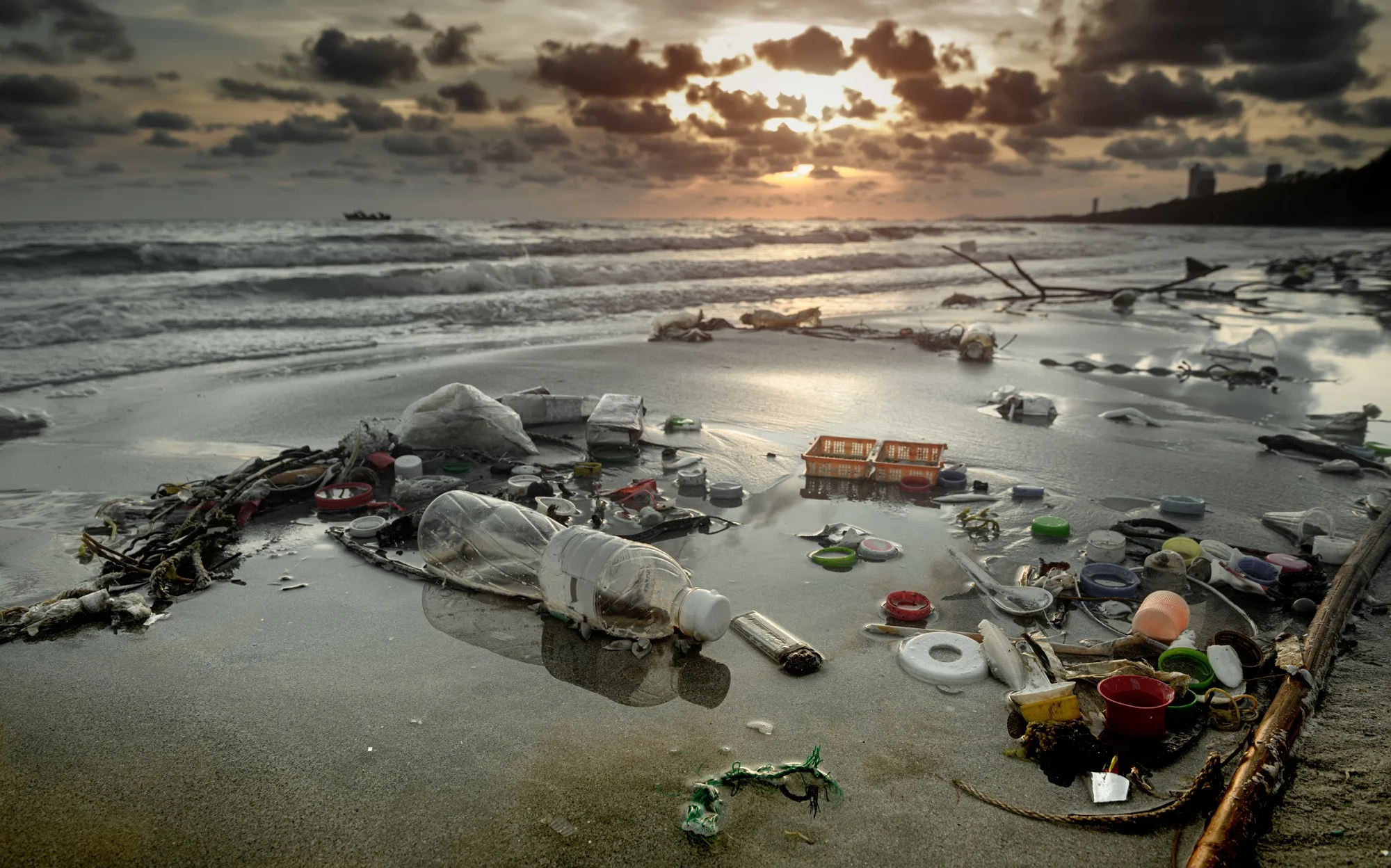As the world grapples with the ever-increasing challenge of water pollution, driven by rapid industrial growth and elevated living standards, the quest for innovative and sustainable solutions to treat contaminated aquatic systems is more pressing than ever. Amidst the emerging strategies to combat the proliferation of hazardous contaminants, microalgal-based bioremediation has surfaced as a notable contender, promising effective and eco-friendly remediation. Recently published research in the ‘Environmental Research’ journal by Niwas and Shukla (2024) from Banaras Hindu University, India, pushes the frontier on this approach by delving into the multiomics-based techniques that could revolutionize our understanding and application of microalgal processes in the purification of wastewater.
Microalgae: Nature’s Tiny Cleaners
Microalgae are microscopic photosynthetic organisms that are playing an increasingly crucial role in addressing the issues of water pollution. These tiny powerhouses not only thrive in aquatic environments but also demonstrate an exceptional capability to absorb and transform various pollutants such as heavy metals, hydrocarbons, and dyes into less harmful substances. By integrating microalgae into wastewater treatment systems, we tap into a natural and cost-effective method of cleansing our water resources.
DOI: 10.1016/j.envres.2024.118135
Leveraging Multiomics for Deeper Insights
Understanding the full potential of microalgae requires deep insights into their metabolic and physiological dynamics. Kumar Niwas and Pratyoosh Shukla, researchers specializing in Enzyme Technology and Protein Bioinformatics, explore this very concept in their review. They underscore the significance of multiomics approaches, which encompass metagenomics, transcriptomics, proteomics, and metabolomics, to paint a vivid picture of the biological processes and interactions at play during bioremediation.
Metagenomics: Decoding the Consortium
The use of consortia, which are co-cultures of microalgae and bacteria, leverages the symbiotic relationship between different microorganisms to enhance bioremediation performance. Metagenomics plays a critical role in understanding the genetic makeup of these consortia, revealing how community dynamics influence pollutant degradation pathways and efficiency.
Transcriptomics: Listening to Cellular Responses
Transcriptomics, focusing on the RNA transcripts produced by the cells, tells us how microalgae respond at a genetic level when exposed to contaminants. By analyzing changes in gene expression, scientists can discern which biological pathways are activated during the contaminant uptake and transformation processes.
Proteomics and Metabolomics: Unveiling the Functional Blueprint
Further downstream, proteomics and metabolomics give researchers an in-depth look at the proteins and metabolites, respectively, involved in the bioremediation process. These omics layers allow scientists to observe the functional responses of microalgal cells, giving vital clues about resistance mechanisms, bioaccumulation capacities, and the actual biotransformation of pollutants.
Challenges and Future Research
Despite the substantial progress in microalgal bioremediation research, several challenges remain. These include optimizing growing conditions to maximize bioremediation rates, engineering microalgae that are resilient to variable environmental conditions, and scaling up laboratory advancements to real-world applications.
Niwas and Shukla (2024) not only highlight the intricacies of microalgal-based bioremediation but also chart a course for future investigation. They emphasize the need for more comprehensive studies that interlink various omics approaches to help understand the complex molecular dialogues within these microorganisms. Additionally, they advocate for advancements in bioinformatics tools to better interpret the vast data generated by omics studies.
References
1. Kumar Niwas, N., & Shukla, P. (2024). Microalgal multiomics-based approaches in bioremediation of hazardous contaminants. Environmental Research, 118135. https://doi.org/10.1016/j.envres.2024.118135
2. Amin, S.A., Green, D. H., Hart, M. C., Küpper, F. C., Sunda, W. G., & Carrano, C. J. (2009). Photolysis of iron-siderophore chelates promotes bacterial-algal mutualism. Proceedings of the National Academy of Sciences, 106(40), 17071-17076. https://doi.org/10.1073/pnas.0905512106
3. Gouveia, L., & Oliveira, A. C. (2009). Microalgae as a raw material for biofuels production. Journal of Industrial Microbiology & Biotechnology, 36(2), 269-274. https://doi.org/10.1007/s10295-008-0495-6
4. Lu, Y., Zeng, J., Chen, B., Li, E., & He, Y. (2013). Multi-omic analyses of multiple missions of filamentous fungal endophytes in plant growth promotion and stress alleviation. Molecular Plant-Microbe Interactions, 26(8), 835-846. https://doi.org/10.1094/MPMI-12-12-0293-FI
5. Rittmann, B. E. (2008). Opportunities for renewable bioenergy using microorganisms. Biotechnology and Bioengineering, 100(2), 203-212. https://doi.org/10.1002/bit.21875
Declaration of competing interest:
The authors declare that they have no known competing financial interests or personal relationships that could have appeared to influence the work reported in this paper.
Keywords
1. Microalgal Bioremediation
2. Multiomics Wastewater Treatment
3. Bioadsorption Contaminants Cleanup
4. Bioaccumulation Water Pollutants
5. Environmental Biotechnology Advances
In conclusion, the study by Kumar Niwas and Pratyoosh Shukla provides an in-depth review of the state-of-the-art in microalgal bioremediation, with a special focus on the role of multiomics in enhancing our understanding and effectiveness of this sustainable technology. The potential of microalgae in wastewater treatment is not only environmentally significant but also holds promise for the generation of useful by-products. As the researchers advocate for continued exploration and optimization, the microalgal revolution in bioremediation is just on the horizon, bringing us one step closer to cleaner water on a global scale.
